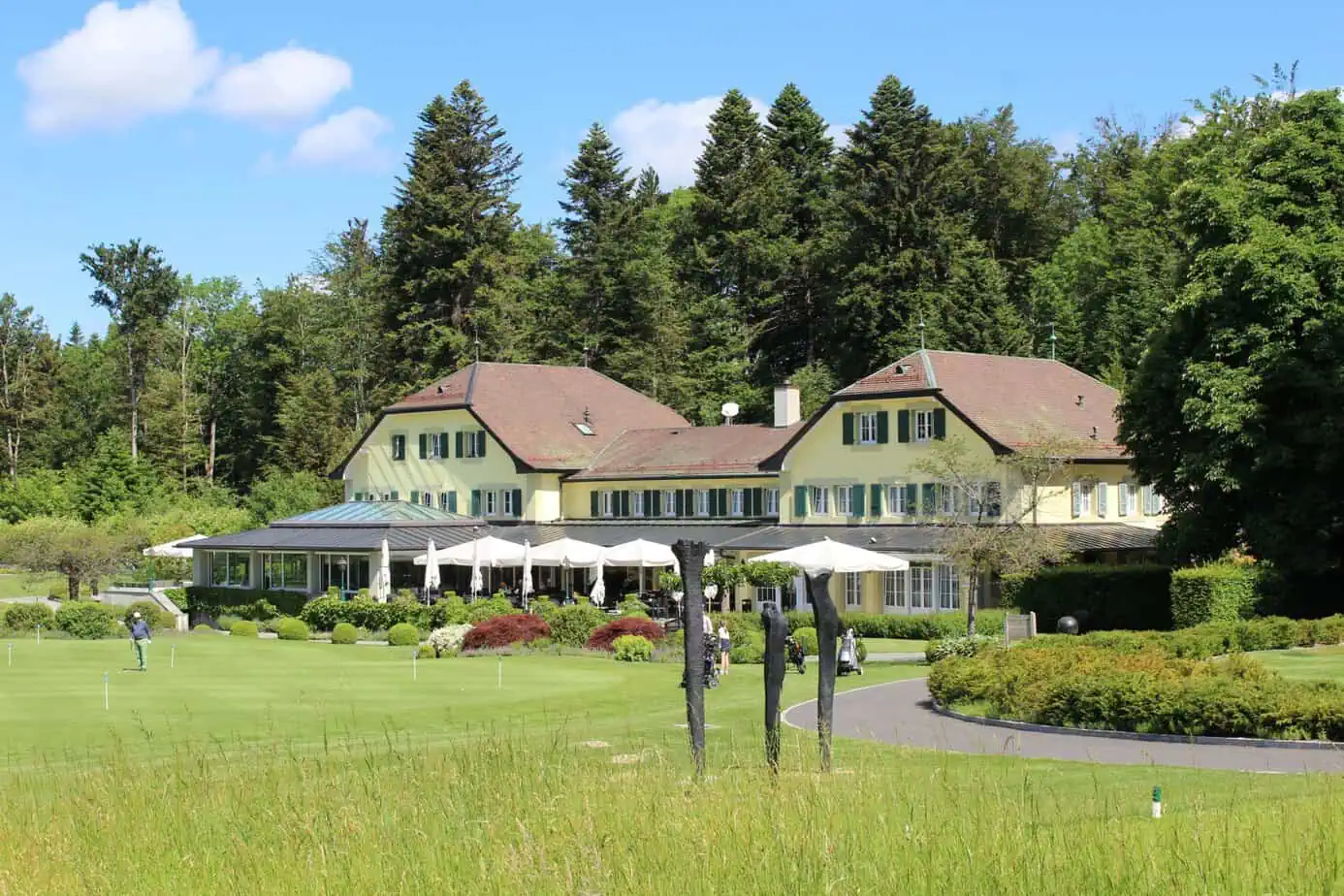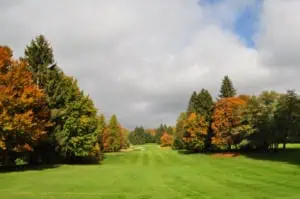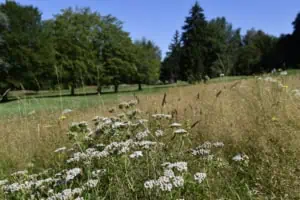GC de Lausanne: Between tradition and transformation
Idyllic is the first word that visitors associate with the Golf Club de Lausanne. The drive up over the hills of Lausanne is winding. The charming, bright yellow clubhouse sits slightly hidden behind ancient trees. The terrace offers a view of the golf course, which could also pass for a park. Tranquillity and consistency are the hallmarks of this course, whose club was founded in 1921 and has made a name for itself over the decades in terms of its sporting aspects and as a social meeting place. The GC de Lausanne is one of the classics in Switzerland.
“Doing things you’ve never done before”
The tranquil idyll has been shaken up because external conditions have changed. As a tenant of a municipal property, the facility is definitely in the public eye. “We have to coordinate a lot of things with the city of Lausanne,” explains Etienne Marclay, treasurer on the club’s board of directors and a member of the Swiss Golf executive committee responsible for sustainability. With increasing environmental awareness, traditional clubs in particular are facing the challenge of adapting their management. “In 1986, we explained to our members that we had to change. Most of them understood,” recalls General Manager Pierre Rindlisbacher.
Due to climate change, the pressure on the greenkeeping team is growing. “It’s crazy. You constantly have to be prepared to do something you’ve never done before,” says Head greenkeeper Laurent Liatard. The fact that summer greens can sometimes be played during the winter season is just one example of the effects of changing climate conditions.
GEO certification since 2018
The long-term environmental focus is important to the club, as documented by GEO certification, which Golf Club de Lausanne was one of the first courses in Switzerland to receive in 2018. In terms of content, the club’s sustainability strategy is primarily characterized by four areas: Trees, biodiversity, changing grass types and water.
With a ten-year plan for tree management, the club is tackling the difficulties posed by almost 1600 individual trees. Of these, 703 alone are conifers, which often suffer from disease. “In consultation with the city, we have removed numerous trees in order to reduce the water supply to the course, mowing problems caused by roots and the shading of the greens,” says Marclay, summing up the concept. It is rounded off by planting new young trees where necessary.
Switching to new grass varieties
This also improves the conditions for Head Greenkeeper Liatard to successfully implement the grass conversion on the greens, the end goal of which is to phase out the use of pesticides by 2030. “We’ve gone from 100 percent Poa Annua to less than 20 percent,” he notes with satisfaction. In 2014, the company delved deeper into the area of grass management with an external consultancy. “We knew that we would have fewer and fewer pesticides available in the future,” he says, explaining the motivation for the change. Healthy greens that are less dependent on water and fertilizer are in demand. The issue of water in particular has been a major concern for the golf club for years. The partial use of drinking water for irrigation is not a sustainable model. As the club management has recognised, it is too expensive and not justifiable in society in the long term. Irrigation volumes have long since been significantly reduced and the club is now working with the City of Lausanne on a water management system that emphasizes the role of the club as part of a sponge city concept and aims to make the golf course water self-sufficient in the long term.
Collaborations such as those with the City of Lausanne or nature conservation associations play an important role for the GC de Lausanne. The various biodiversity projects on the course, supported by the club’s own working group, are often developed together with environmental associations such as Pro Natura. In this way, the golf course has developed a new face. One of the many new rough areas has been created directly in view of the first tee. The external appearance of the course, which used to be completely mowed short, has changed dramatically. Flowering meadows and biotopes have been created, orchards have been planted and deadwood areas have been created.
“Because we made the changes slowly, the members gradually got used to them,” says Rindlisbacher. Nevertheless, it has always been a balancing act between realignment and retaining old values. Particularly in the area of greens, the transformation has also caused discontent in the short term. “The changeover takes time. Sometimes the greens didn’t look perfect. You have to bear that in mind when communicating.” In the meantime, the dust has settled. The realization of all the participants: There is no alternative to the combination of tradition and transformation – and it is an exciting process.








 Image: Srixon
Image: Srixon